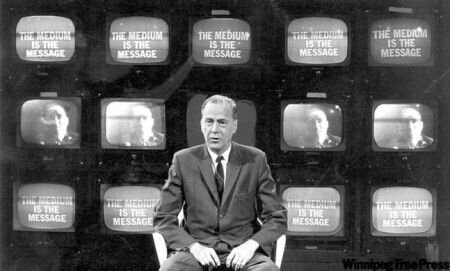Zoom, Microsoft Teams, Google Meet, Big Blue Button, Cisco WebEx, GoToMeeting … these are some of the video conferencing tools which have blossomed into virtual workshop rooms as we all look for ways to share knowledge without sharing Covid-19. But don't think the trend will subside when the virus threat does. Organizations are learning that the enhanced features of these online platforms can make them highly effective not only for virtual meetings, but for workshops as well. Even after we have said goodbye to the restrictions like lockdowns, presenters and participants will welcome the opportunity to attend workshops without the hassles and cost of travel.
I am reminded that when television equipment first became available at institutions of higher learning in the US around 1967. I was doing research for my thesis at Northwestern University by developing innovative ways of utilizing recorded video to support the university's teaching hospital. With patients' permission we recorded doctor-patient discussions, surgeries and demonstrations of new equipment and procedures. These were then incorporated into presentations conducted in the traditional lecture rooms. Not only could we select the most representative scenes and show closeups that normally only the attending physician or surgeon could see, but we could stockpile rare and unusual procedures to be shown to colleagues and medical students over many years.
After my graduation I accepted a position at the University of Illinois Chicago as a member of both faculty and staff. My staff assignments were to support the development of instructional use of television for their Office of Instructional Resources. There I had some of my most difficult challenges. Some faculty saw an opportunity to videotape their lectures and thus avoid having to even go to their scheduled lectures. They became known to my colleagues and me as the "talking heads" since they were content to have a camera aimed at their face for 50 minutes while they delivered their lecture.
My inspiration at the time was Marshall McLuhan who I have mentioned in a previous blog post (link here). The Canadian professor popularized the saying "The medium is the message" in his book of the same name. In short, it told me that while the live "talking head" of an esteemed professor might be effective, the medium of television demanded the addition of supporting materials and illustrative techniques.
So here we are again. Just because you may be able to deliver a workshop to a room of 30 people with nothing more to assist you than a PowerPoint presentation, once you move that to a virtual environment, a world of additional tools are available. To ignore them is to render your workshop far less effective.
Not every conference platform mentioned earlier has all the same features, but many offer screen-sharing so that a live demonstration of a piece of software or website can be seen by your audience. Also, you can use a collaborative whiteboard, divide the groups into small teams for group discussions or problem-solving with each breakout group reporting back online. Documents can be share with all participants as can audio or video clips. Quizzes, questionnaires, and evaluations can be conducted yielding instantly anonymous results or individual scores can be saved for the presenter to study later.
Many presenters will shy away from using these tools because they do not think in terms of designing their programs with such things in mind. Others will fear that they do not have the skills to make them function and will be embarrassed in front of their audience. If you are one of those people, become an early adopter of this capability. I am available to support people in the design and techniques needed to run the software reliably. In no time you can be self-sufficient in the new world of video workshopping.
Herb





